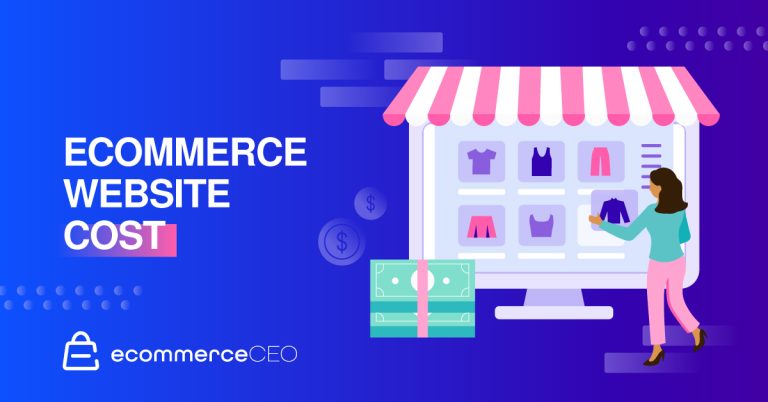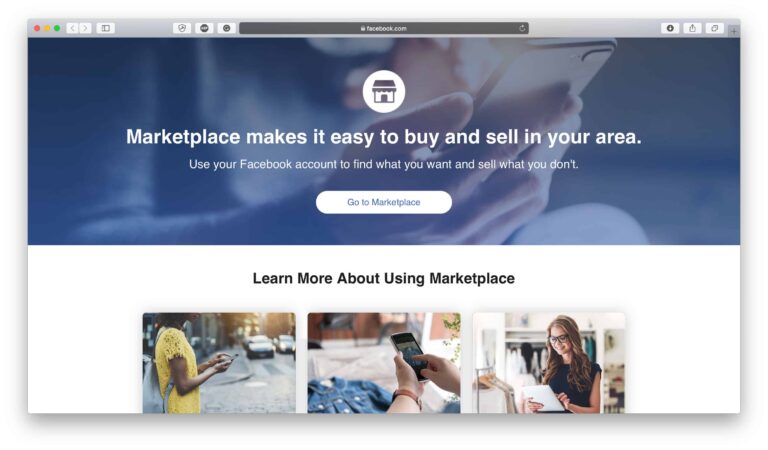When asked the most likely reason for not choosing to purchase a product online:
- 31% of shoppers said, “not enough information or details provided.”
- 17% said, “bad reviews.”
- 7% said, “concern that the product is possibly fake/counterfeit.”
- Other reasons include “inconsistent product data between sites;” “low-quality or too few images and videos;” and “unfamiliar brand.”
What do these results mean? Winning product pages are the key to building trust with customers and may be the most important touchpoint in your ecommerce store.
To ensure your product page hits the mark, you should include the following core elements.
1. Product Descriptions
If customers understand from the get-go what the product is and how it helps them solve their problem, there’s a higher chance they’ll purchase it. You can achieve this with an effective product description.
Before writing a product description, try to answer the following questions.
- Who is your target audience?
- What are the product’s features, functions, dimensions, materials, etc.?
- How does your product work? Does it require shoppers to have technical knowledge?
- Where would someone use the product? Is it designed for indoor or outdoor use?
- When would someone use the product? Is it meant to be used on a daily basis, or holiday season, or any other occasions?
- Why should shoppers choose your product over competitors’? How does it improve shoppers’ lives? Think about your unique selling propositions.
Tips for Writing a Compelling Product Description
- Keep it short.
- Write about the benefit of each feature.
- Use bullet points and white space to increase readability and scannability.
- Include a video to demonstrate how your product works, if necessary.
2. Enhanced Content
Enhanced content refers to product images, graphics, videos, and other types of visuals. By including enhanced content on a product page, you can:
- Create a strong visual appearance;
- Give shoppers more valuable information to support their decision-making;
- Improve the customer experience; and
- Increase your conversion rate by up to 10% in most categories.
Tips for Using Enhanced Content
- Be selective when choosing stock photos. They should be high-quality and relevant to your product and brand.
- Offer a way to expand product images so shoppers can view your product in detail.
- Reduce image and video file sizes, so they don’t affect the loading time of your site.
- Ensure your product videos tell a story. Shoppers should understand how your product works and its benefits right after watching your video.
3. Company Information
It’s hard to trust a total stranger when you just meet them, right? That’s why building trust with shoppers, especially first-timers, is crucial. The longer a shopper stays on your site, the more comfortable they should feel.
So, how can you increase customer trust through your online store? One of the most effective ways is showing company information.
Company information isn’t limited to your history in the market. It also includes your:
- Mission;
- Vision;
- Values;
- Contact;
- Shipping; and
- Return and refund policies.
Don’t be afraid to share as much as possible about who you are and what you can do for your potential customers. This will help shoppers understand there are trustworthy people behind your website.
4. Social Proof
Another way to build trust with shoppers is using social proof. Whether you’re familiar with social proof or not, chances are you’ve seen it somewhere. Reviews, ratings, testimonials, award badges — they’re all social proof.
Social proof is a psychological theory that describes our tendency to be influenced by others’ actions, attitudes, and opinions.
For example, when someone visits your website and sees customer reviews, they’ll develop curiosity. Research shows curiosity impacts consumer purchase motivation both directly and indirectly, according to ScienceDirect.
You can display social proof on your website in several ways. For example, show user-generated content, reviews, rating, and video testimonials under the product description section.
According to eMarketer, 81% of shoppers worldwide said that a lack of customer reviews decreases their trust. By taking advantage of social proof’s power, you can quickly gain shoppers trust.
5. Product Findability and Searchability
The last component of a winning product page is the ability to find and search a product on your website, which brands often overlook.
According to Baymard Institute, if a shopper had previous success searching for something on a site, they were more likely to search again on that site, even if they generally preferred category navigation.
By contrast, prior poor search experiences steer otherwise search-happy users towards category navigation. And as you may know, categories are great to explore options, but too many choices can make shoppers frustrated and reduce conversions, according to CXL.
Tips for Improving Findability and Searchability
- Add search terms and keywords in your product title and description. Use synonyms, alternative names, and abbreviations, if possible.
- Make your search box visible when viewing on desktop and mobile.
- Use rich autocomplete with error-correction to engage shoppers and help them save time when searching for a product.
Create Winning Product Pages
Product pages are where shoppers go to find out information about a product and determine if they should buy it or not.
Use these shopper insights to review your existing products and optimize them if necessary. This way, you can give customers a better experience when shopping with you and eventually purchase.
Download our 2021 Consumer Research report to learn how to combat the abandoned shopping cart and gain shoppers’ trust.


![How to Use Shopify Ads Effectively on Facebook [Shopify Advertising Guide]](https://technobabble.com.au/thegatewaynetau/wp-content/uploads/sites/11/2022/12/how-to-use-shopify-ads-effectively-on-facebook-shopify-advertising-guide-768x402.png)



